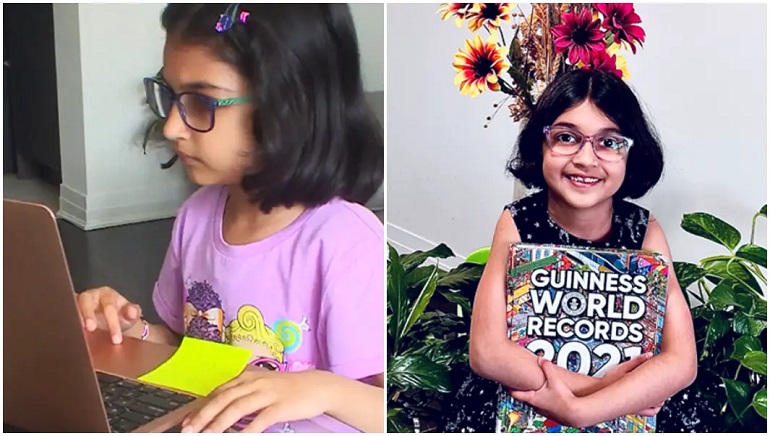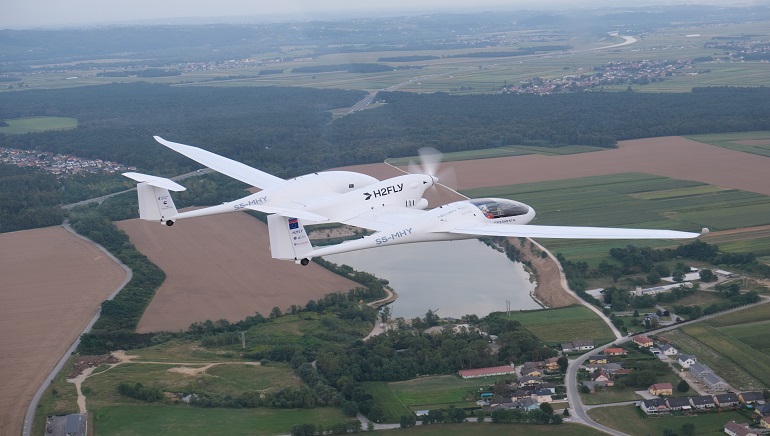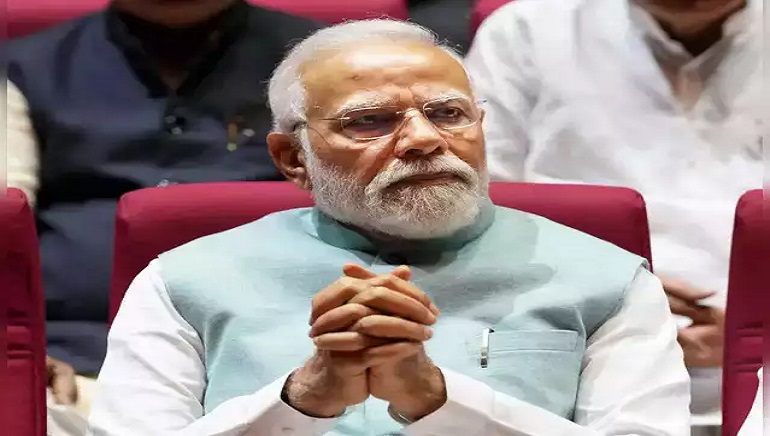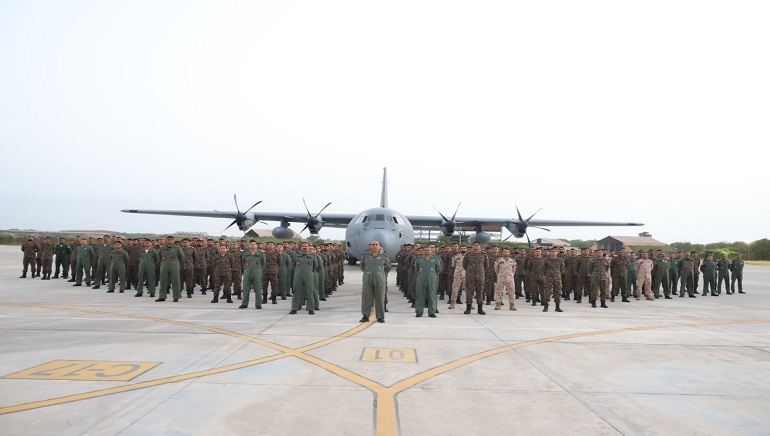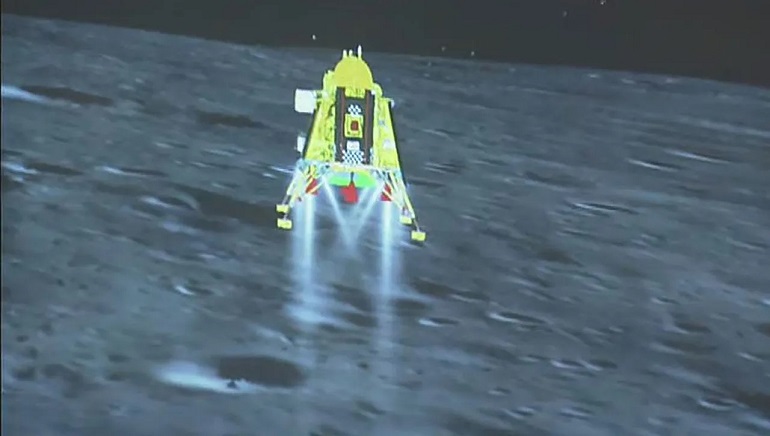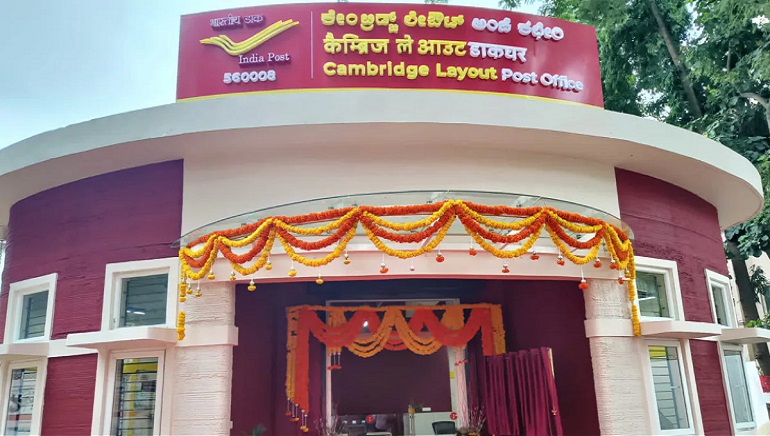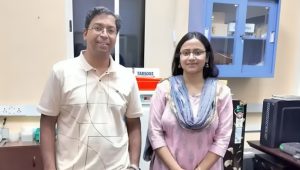Simar Khurana, at 6 years and 335 days of age, has become the world’s youngest video game developer by creating an entertaining and educational game specifically designed for children. The young girl from Beamsville, Ontario, Canada has been featured in the Guinness World Records (GWR) for accomplishing the feat.
Simar started learning coding less than a year ago, taking three classes a week. She learnt math on her own by watching YouTube videos, and was able to do Grade 3 maths in kindergarten. She could also make crafts and games with whatever she had. Her father made her learn coding as she had an ideal combination of skills.
After a few months of classes, she decided she wanted to create a video game for children her age. The game, named Healthy Food Challenge, in a unique way, tells children to learn what is considered as healthy and unhealthy food, the impact of junk food on our health, and how important it is to have a balanced diet from a young age.
Simar has also launched her own YouTube channel, Simar’s World, to connect with fellow children and share her ideas for more innovative games.





